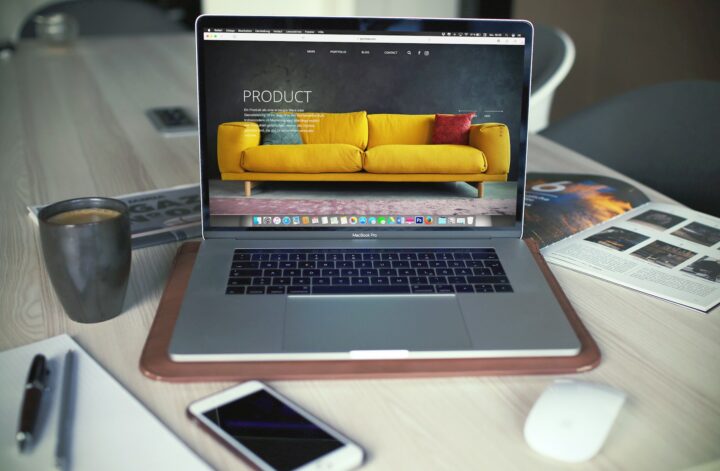“Nós gostamos de pensar que temos o poder de decidir as coisas na nossa vida, que nós tomamos decisões puramente racionais baseadas em dados e lógica. Mas, se você acompanha meus vídeos, já sabe que nós não somos tão racionais assim.
Existe uma coisa chamada “ilusão de controle”, que é a tendência das pessoas de superestimar a capacidade de controlar os eventos.
Se pensarmos no design de aplicativos e sites, quando o usuário acredita que tem controle total, tem a sensação de segurança e paz, fica menos propenso a parar de usar o produto.
No Instagram, tem hora que você puxa pra baixo pra atualizar o feed, mas nem atualiza e você nem percebe. Ação placebo.
O Gmail tem um botão redundante que deixa o usuário atualizar a tela, mas o Gmail já faz isso automaticamente, e o usuário nem precisaria fazer nada. Mas alivia a ansiedade dele.
O grande lance de dar ao usuário a sensação de ter controle, não é enganá-lo mas administrar a ansiedade dele.
Aliás, você realmente tem controle das suas ações ou é iludido?”
🇺🇸 English version
“We like to think that we have the power to decide things in our lives, that we make rational decisions purely based on data and logic. But, if you follow me, you already know that we’re not that rational.
There is something called the “illusion of control,” which is the people’s tendency to overestimate their ability to control events.
If we think about the design of apps and websites, when the user believes they have complete control, they have a feeling of security and peace, they are less likely to drop off the product.
On Instagram, sometimes when you pull down to update the feed, it doesn’t update and you don’t even notice. Placebo action.
Gmail has a redundant button that lets the user refresh the screen, but Gmail already does that automatically, and the user wouldn’t even have to do anything. But it eases his anxiety.
The key point about giving the user the feeling of having control is not to deceive them but to manage their anxiety.
By the way, do you really have control of your actions or are you deluded?”
Watch more videos on Psychology applied to UX Design and cognitive biases on the Design From Human channel.

